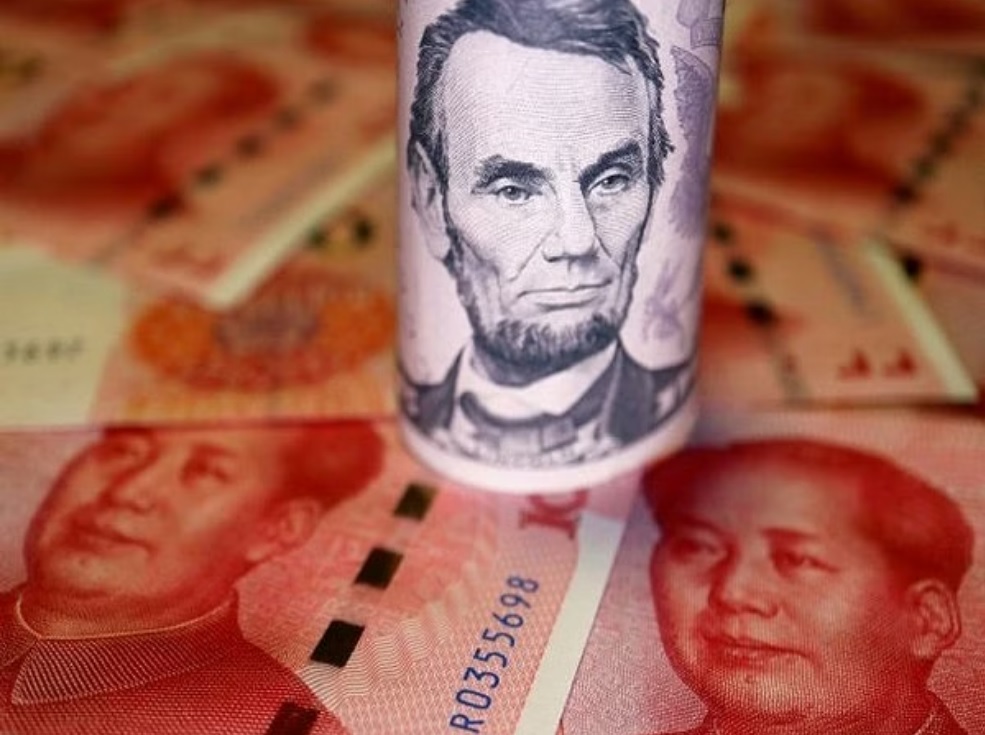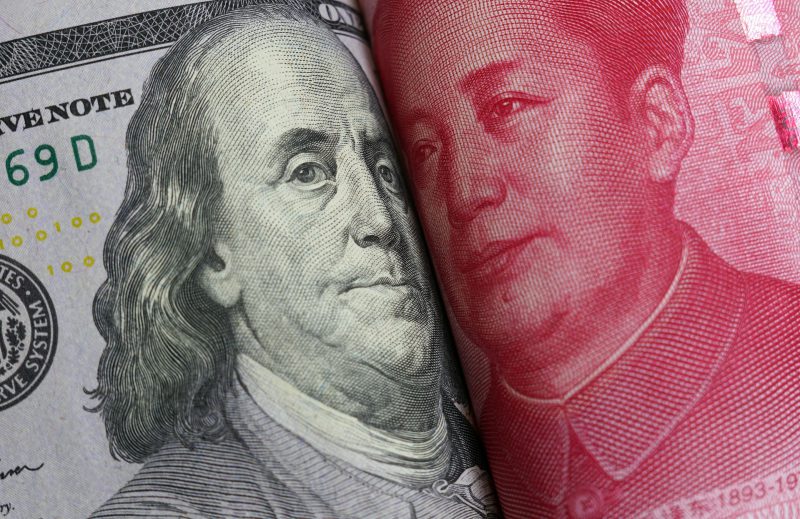The Chinese Yuan’s share in global SWIFT transactions reached its highest activity since January 2022. The overall international trade settlements with the Chinese Yuan rose to 2.54% in May 2023. Argentina recently sidelined the U.S. dollar and paid $2.72 billion in Chinese Yuan to settle cross-border transactions signaling support for BRICS. 19% of imports completed by Argentina were settled with the Chinese Yuan and not the U.S. dollar in June.
Also Read: BRICS Bank That Was Built To Challenge U.S. Dollar Now Needs USD
The usage of the U.S. dollar for global trade is declining with developing countries using other currencies to close international deals. Yuan is currently seen as an alternative currency, before the BRICS alliance potentially launches a new tender in 2023. The decision on the formation of a new currency will be collectively taken in the next BRICS summit in August in South Africa.
BRICS: U.S. Dollar Remains King Despite the Growth of the Chinese Yuan


The U.S. dollar remained the top traded currency in 2023 despite facing severe challenges from the BRICS bloc. The dollar was used in 42.6% of all global transactions in May but declined 0.11% compared to April this year. The Euro was used in 31.7% of all international trades in May but declined by 0.04% compared to April.
Also Read: BRICS: Iraq Bans U.S. Dollar, Egypt Ditches USD, France & Pakistan Pay With Chinese Yuan
However, the Chinese Yuan was used in 3.2% of all global trade with an increase in transactions by 0.25% month-on-month. The development indicated that the U.S. dollar and the Euro are slightly declining while the Chinese Yuan is forging ahead.
The BRICS alliance is convincing several countries to end reliance on the U.S. dollar and trade with native currencies instead. The move will help local economies sustain and make businesses thrive by providing ease of transactions.
Also Read: GDP of BRICS+ Nations Reach $32.66 Trillion, Ahead $7.16 Trillion From the U.S.
If the soon-to-be-released BRICS currency gains trust in the foreign exchange markets, it could challenge the U.S. dollar’s status as the global reserve currency. Therefore, the fate of the greenback will be decided by the developing countries that aim to end its supremacy.





